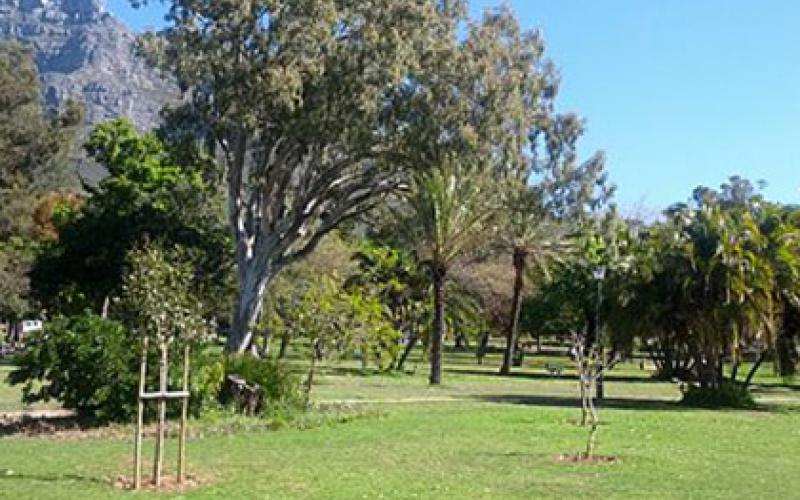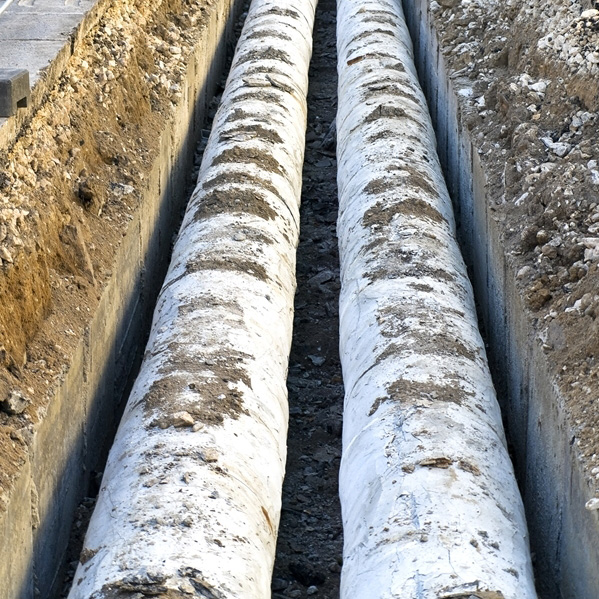Green spaces for all: A South African case study

Green spaces for all: A South African case study
Individuals of all economic backgrounds in developing countries demand public green spaces and are willing to give time and money for their maintenance.
Original Article
Further Reading
De Vries, S., Verheij, R. A., Groenewegen, P. P., & Spreeuwenberg, P. (2003). Natural environments-healthy environments? An exploratory analysis of the relationship between greenspace and health. Environment and planning A,35(10), 1717-1732
Matthew McConnachie, M., & Shackleton, C. M. (2010). Public green space inequality in small towns in South Africa. Habitat International, 34(2), 244-248.
Public green spaces (PGS) have become an important part of urban planning decisions because of their recreational and psychological benefits. The majority of studies on PGSs have been conducted in developed countries, calling into question the potential role of PGSs amidst the rapid urban expansion in developing countries. To properly incorporate green spaces into urban infrastructure and small-scale agriculture, urban planners need to know whether urban dwellers in developing countries prioritize the presence of green spaces.
Irrespective of socio-economic background, half the respondents considered the number and condition of PGSs within their suburbs inadequate, despite the fact that most houses were located about a block from a green space. Residents also had serious concerns about safety within these areas and considered risk a major determinant of which PGS they tended to visit. However, fewer than 25% of respondents had raised these concerns with their elected officials. Despite these issues, most residents visited a PGS at least three times a month for sporting activities. As with people in developed countries, respondents in South Africa considered green spaces to be places for recreation and relaxation and the source of numerous environmental benefits, to the point that many residents were willing to volunteer their time (over 50%) or pay (20%) for the maintenance of PGSs.
These findings provide valuable information for decision-makers and stakeholders about the creation and management of green spaces. For South African urban planners and their colleagues in developing countries, there is now contextually relevant data to support the inclusion of PGSs in both high- and low-income housing options. Measures to address residents' concerns about safety and insufficient facilities should also be included in management plans, especially in communities where sporting activities are popular. Furthermore, the findings suggest that local advocacy groups can find creative and appropriate avenues to engage residents in community stewardship activities and environmental justice issues irrespective of their available income or busy schedules. Most importantly, the results of this study suggest that the ability to preserve and access nature is a recognized by all.




